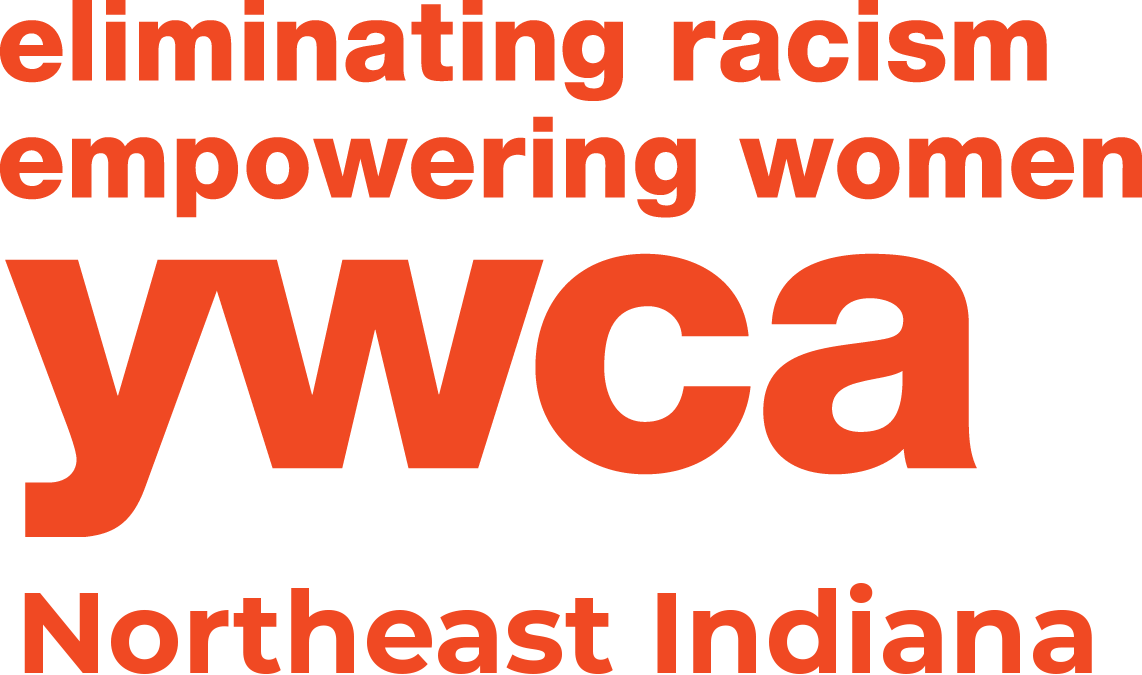Gentrification has been defined as “a process in which a poor area (as of a city) experiences an influx of middle-class or wealthy people who renovate and rebuild homes and businesses and which often results in an increase in property values and the displacement of earlier, usually poorer residents.”
Today’s patterns of gentrification have deep, systemic roots in racism and discrimination. To understand gentrification, we must first look back in history to a contributing factor, White flight. White flight occurred across the United States starting in the 1950s and continued through the rest of the 20th century. Simply put, White people did not want to live next door to Black people, resulting in the creation of suburbs. This trend escalated after redlining, the practice of denying people access to credit because of where they live, even if they were personally qualified for loans, and ended with the passage of the Fair Housing Act in 1968. Up until this legislative change, it was legal to keep neighborhoods segregated. After this was passed, people of color were now allowed to move into any neighborhood of their choosing, including those which were previously White only. As a result, significant increases in White flight occurred and Fort Wayne saw their first suburbs begin to pop up.
If we take a look at current suburbs in Fort Wayne, are any of them particularly walkable to the nearest grocery store? Are there multiple bus lines functioning in these neighborhoods to help people get to and from work? The resounding answer is no, because when the suburbs were built, they were strategically built to be inaccessible for those who do not have their own transportation. Another example is the density of the neighborhoods that were built. For the first time, neighborhoods focused less on how many homes can fit in a square block and focused more on larger homes and yards. These larger properties and plots of land became too expensive for many people. These are just a couple of examples of how the suburbs were built differently, thus limiting who could move into these new areas.
For many years, the middle class and upper class, predominantly White families and young couples swarmed to these suburbs to escape the diversity within the city. This continued on for years, until the
the pendulum, as always, began to swing in the opposite direction. The children and grandchildren of those who fled were now adults looking to buy and invest in properties, and the affordability factor led them to the neighborhoods their families left before. The property value in these neighborhoods were significantly lower than those of the suburbs, making it possible to purchase and renovate them to their own taste. At the same time, a new downtown was being built around them as “urban revitalization.” Some of the neighborhoods in Fort Wayne affected by this trend include: West Central, and zip codes 46807, 46805, and more recently, 46808. Many of these properties now being purchased and renovated were previously rental housing.
So, what happens to all the renters now left without housing? We are now getting to the root problem of gentrification: there is nowhere left to go. Renters and people working toward establishing financial independence and sustainability are not able to afford housing in the neighborhoods they used to inhabit, and the suburbs still are not sufficient because of maintained high property values and little to no rental options. This problem has increased rates of homelessness, multiple family homes, and poverty as a result of trying to keep up with staggeringly high rent and mortgage payments.
Now that the problem has been clearly explained and identified, what can be done about it? Unfortunately, the damage that has already occurred will likely not be undone, but as this continues to affect Fort Wayne, there are options to try and prevent more from occurring. One way you can be an AllY is to advocate on the local level for development of more affordable, diverse housing such as apartments, duplexes, townhomes, tiny home neighborhoods, etc. Another effort taking place in some places throughout the US is the concept of “buy back the block.” This is frequently accomplished by a group of people purchasing as many properties as they can in a neighborhood. Purchasing these properties prevents investors from being able to acquire them and, instead, buyers can rent them or resell them to people who want to live and invest in the community. Lastly, you can advocate on the local and state level for policy to be passed to protect these neighborhoods, such as a policy changing single-family zoning laws.
Written by Emma Walker

Resources
Merriam-Webster. (n.d.). Gentrification definition & meaning. Merriam-Webster.
https://www.merriam-webster.com/dictionary/gentrification
Williams, M. (2020, September 15). Gentrification doesn’t have to force minority residents out of their homes. activists say there are 3 ways to protect communities. Business Insider. https://www.businessinsider.com/personal-finance/how-to-protect-longtime-residents-from-gentrification-2020-9
